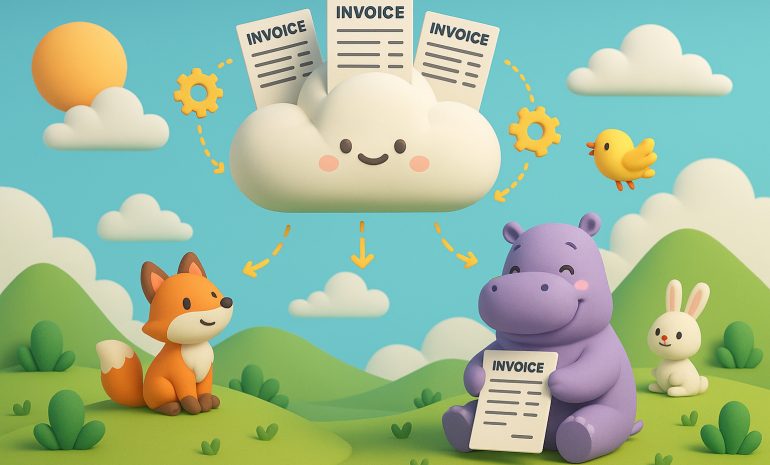Title: Revolutionizing eCommerce: Integrating Headless eCommerce into WordPress with WooCommerce
As the world becomes more digital, the eCommerce landscape continues to evolve, offering merchants an array of solutions to meet their online business needs. One such trend that’s been gathering momentum is ‘Headless eCommerce’. In this article, we’ll delve into the topic of integrating Headless eCommerce into WordPress using WooCommerce.
What is Headless eCommerce?
Headless eCommerce is a term that emerged within the past few years to describe a modern approach to building eCommerce applications. This architecture separates the front-end presentation layer of a website from the back-end infrastructure, providing developers the freedom to build a website’s front-end without worrying about how it will affect the back-end. This separation allows for greater flexibility, scalability, and customization.
Integrating Headless eCommerce into WordPress
WordPress is known for its user-friendly interface and extensive customization options. When combined with WooCommerce, a popular eCommerce plugin, WordPress becomes a robust platform capable of supporting any online business. But how do you make it headless?
The idea of integrating headless eCommerce into WordPress revolves around using WordPress as the back-end and a JavaScript framework like React or Vue.js as the front-end. The WordPress REST API is then used to send and receive data from the front-end to the back-end.
Why use WooCommerce for Headless eCommerce?
WooCommerce, as a plugin, extends the WordPress functionality to include eCommerce features. Here are a few reasons why WooCommerce is ideal for a headless setup:
1. Seamless Integration: WooCommerce integrates seamlessly with WordPress, making it easy to manage both your website and online store from one place.
2. Customization: WooCommerce is open-source, allowing for endless customization options.
3. Built-in REST API: WooCommerce comes with a built-in REST API that can be used for handling requests from the front-end.
4. Extensive Community Support: With millions of users worldwide, WooCommerce has a strong community of developers and users who can provide assistance or answer queries.
Challenges of Headless WooCommerce
While headless eCommerce provides numerous benefits, it also comes with its own set of challenges. Some of these include:
1. Development Skills: Implementing a headless eCommerce solution requires a good understanding of both front-end and back-end development.
2. SEO: As search engines primarily crawl HTML content, websites using JavaScript for their front-end may face SEO challenges.
3. Maintenance: While customization is a plus, it can also lead to higher maintenance needs.
Despite these challenges, the flexibility and scalability offered by headless eCommerce make it a worthy consideration for businesses looking to scale their online presence.
In conclusion, headless eCommerce is a powerful approach that, when integrated with WordPress and WooCommerce, can offer unparalleled flexibility and user experience. However, it requires careful planning and execution to overcome potential challenges.
To further enhance your WooCommerce experience, consider using the Hippoo WooCommerce app. Hippoo provides a complete analytics solution for your WooCommerce store, offering you insights into your customer’s behavior, helping you make data-driven decisions, and ultimately, increasing your sales. With Hippoo, you can take your WooCommerce store to new heights. Don’t just take our word for it – try Hippoo today and experience the difference for yourself.

